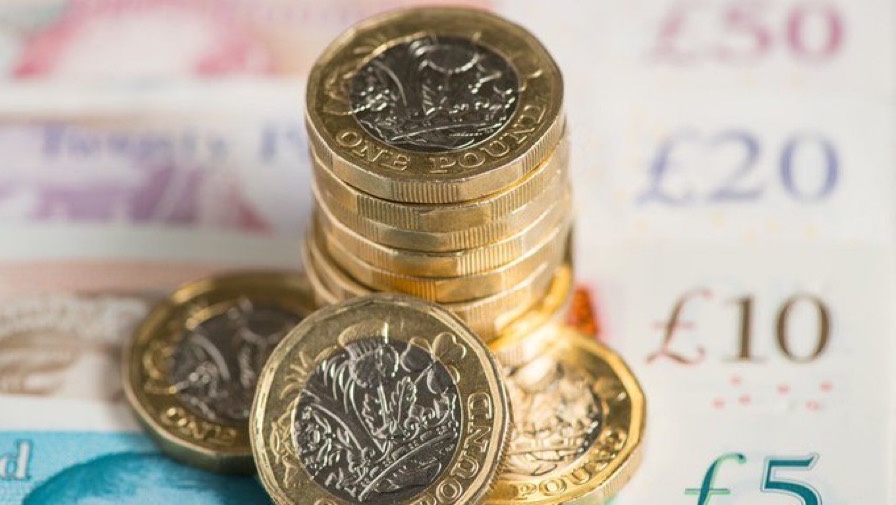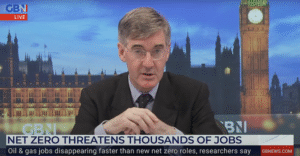The nation’s SDLT bill skyrockets by 62.6%

Stamp duty paid by homebuyers skyrockets by 62.6% in the last year
Research by estate and lettings agent, Barrows and Forrester, has shown that the sum of tax receipts paid to HMRC as a result of stamp duty spiked by 62.6% following the end of the stamp duty holiday, hitting its highest level in well over two decades.
Barrows and Forrester analysed the historic levels of stamp duty paid to HMRC and how this has changed since the turn of the millennium.
The research shows that in the 2021/22 financial year, just shy of 14.1m was paid to HMRC in stamp duty by homebuyers across England and Wales.
This sum had been in steady decline, with the first annual decline coming in 2018/19, when a lethargic market spurred by political uncertainty due to the EU Referendum saw the total sum of receipts fall by -7.5% versus the previous year to almost £12m.
The total sum of stamp duty paid then fell a further -2.9% in 2019/20, as continued Brexit uncertainty and initial signs of the pandemic property market slump started to appear.
While these initial signs of decline came as a result of reduced market activity, the largest drop was caused by the government’s implementation of the stamp duty holiday in July 2020.
As a result, the total sum of tax receipts paid as a result of stamp duty fell by a huge -25.3% during the financial year 2020/21 to just shy of £8.7m – the lowest sum since 2012/13.
This tax reprieve designed to boost the property market remained in various forms until it ended for good in October 2021. At which point, the level of stamp duty paid to HMRC skyrocketed to almost £14.1m by the end of the 2021/22 financial year.
This is by far the largest level of stamp duty paid since 1999/2000, resulting in a 62.6% annual increase (£5.4m), a 130.2% increase in the last decade, a 342.8% uplift compared to 1999/2000 and 9.2% more than the previous peak of £12.9m paid in 2017/18.
Managing Director of Barrows and Forrester, James Forrester, commented:
“HMRC have certainly made up for lost time when it comes to stripping beleaguered homebuyers of their hard earned cash for no good reason whatsoever.
There’s no doubt that many will have saved a good sum during the stamp duty holiday but the resulting market frenzy has pushed house prices to new highs, meaning today’s buyers are paying more for their home and on the cost of stamp duty.
As a result, we’re now paying the government the highest rates of stamp duty this side of the millennium and their latest cuts will barely scratch the surface in this respect.
This archaic additional cost when looking to climb the ladder serves no purpose and, as we’ve seen on multiple occasions of late, is nothing more than a carrot used by the government to manipulate market buoyancy and detract from their utter failure in addressing the housing crisis.”





